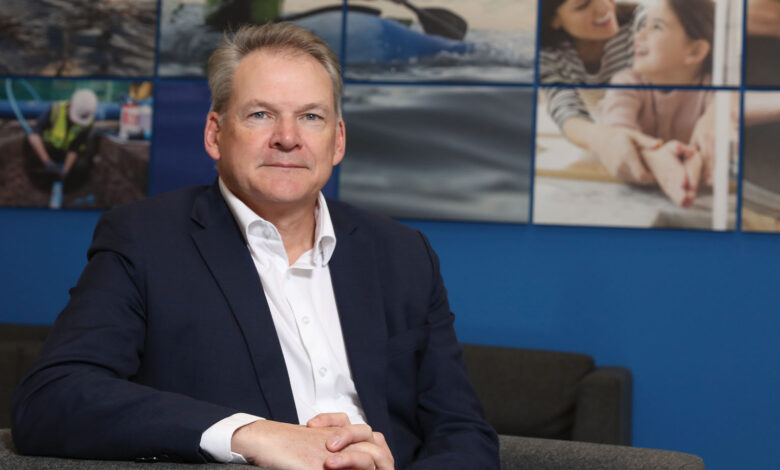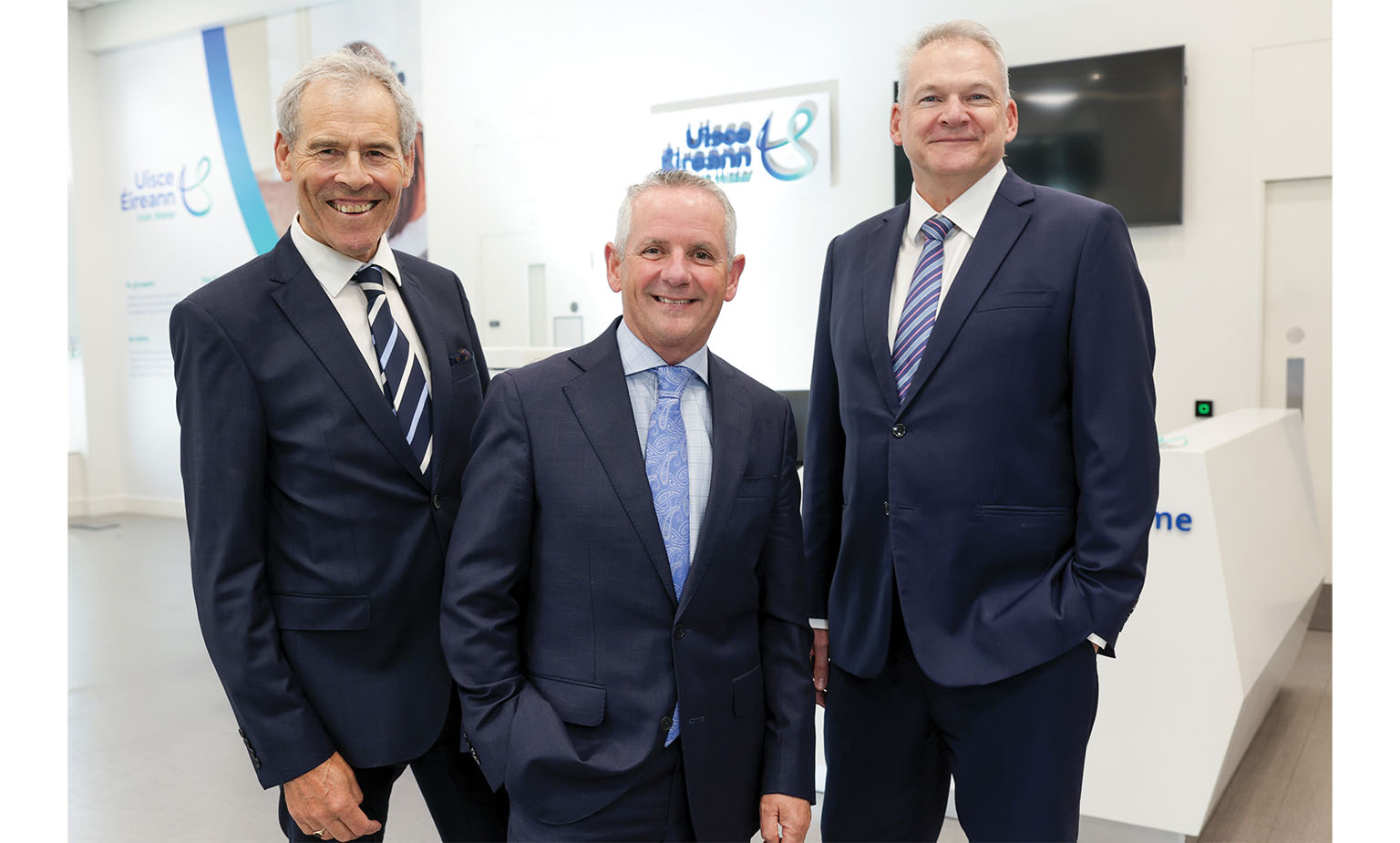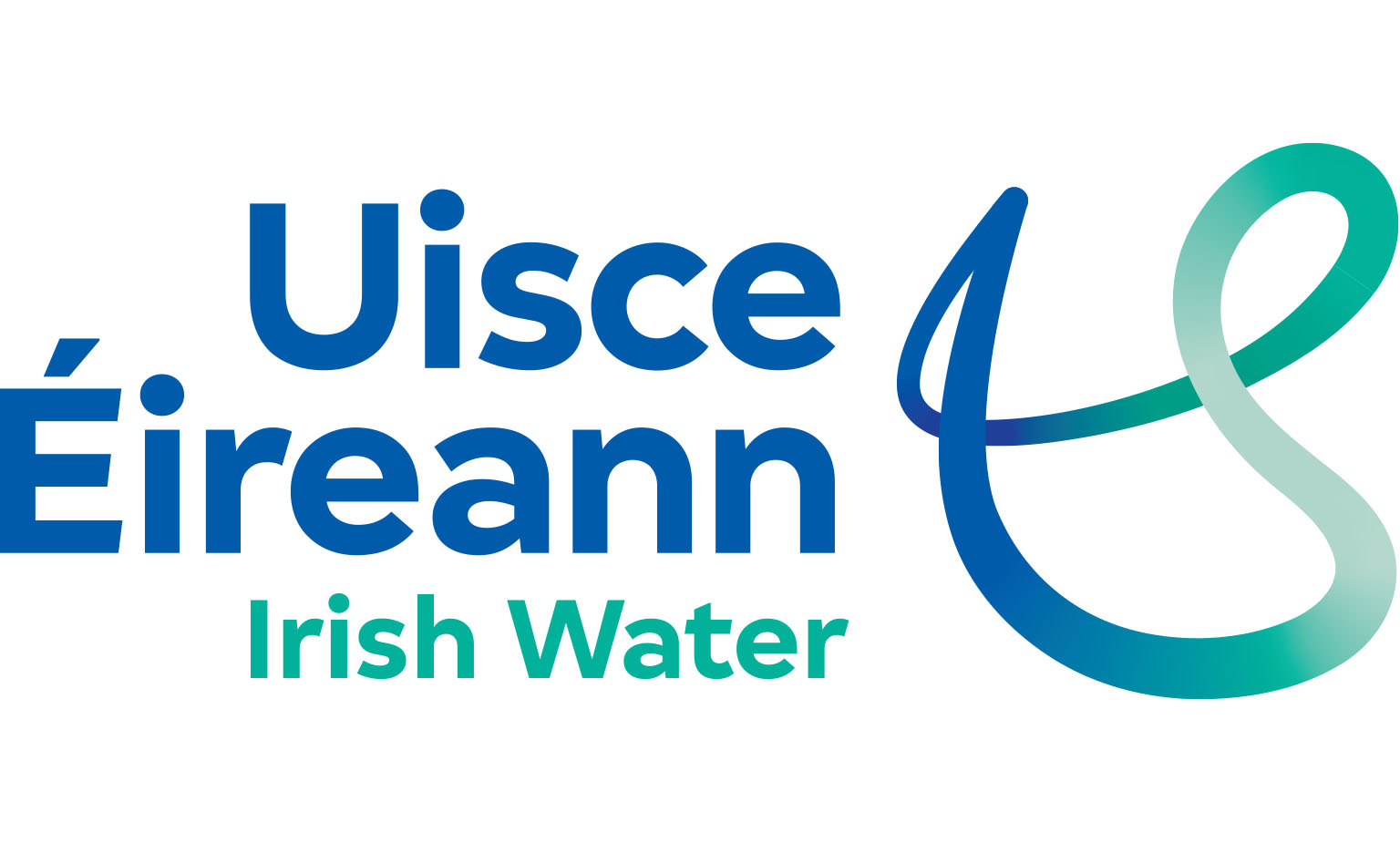Investment in water services critical to supporting thriving communities

As CEO of Uisce Éireann, I welcome the opportunity to reflect on what has been a year of momentous change and growth for Ireland’s public water services as we seek to rise to the challenge of delivering transformative water services that enable communities to thrive, writes Niall Gleeson.
Just over a decade since Uisce Éireann (then Irish Water) was set up, we have made enormous progress in the transformation and delivery of safe, secure and sustainable water services in Ireland.
However, we are still dealing with the legacy of decades of under-investment in Ireland’s water services. Much of our asset base, comprising over 90,000 km of pipes network and over 1,700 water and wastewater treatment plants, is ageing and in need of upgrade. Public water services underpin all the basic needs of an open, thriving and globally competitive society and there is much more for us to do. To modernise our water infrastructure it is essential that funding is provided on an ongoing and consistent basis to enable us to meet this challenge.
The current investment cycle (2020-2024) has seen €5.26 billion invested in these critical services, benefiting communities across Ireland by putting in place systems and structures to improve the delivery, monitoring and testing of drinking water and wastewater services, ensure compliance with Irish and European standards, and support Ireland’s growth and development, including housing delivery.
In 2023, our connections team issued over 4,500 connection offers associated with 42,970 housing units. Works to eliminate raw sewage discharges were completed across 10 sites, bringing to 40 the number of locations around the country where new infrastructure is in place or under construction to end the discharge of raw sewage. And we continued to improve the quality of public drinking water supplies, achieving 99.7 per cent compliance with EPA standards.
In the past year, we have also assumed full responsibility for public water services from 31 local authorities, and we are working towards the transfer of all water services staff to Uisce Éireann. We want and need as many local authority staff as possible to join us, integrating their local knowledge, expertise and dedication to water services to support us building a truly national organisation.

Sustained investment in water services is critical
Uisce Éireann has a critical role in meeting the State’s environmental, growth, and development needs. It is essential that key enabling infrastructure like water services are appropriately funded. Multiannual funding is crucial to providing certainty in the provision of water and wastewater infrastructure across Ireland. On average our projects can take between five to 10 years from design to completion. Greater certainty provides stability in the delivery of our strategies, plans and programmes. We require multiple cycles of funding to bring our water infrastructure to where we need it to be; and then continuous funding to ensure quality and capacity can keep pace with demand. Without the necessary public water and wastewater infrastructure, there can be no wider economic or housing growth.
Similar to other organisations and globally, Uisce Éireann has also been impacted by higher inflation which does necessitate an increase in funding to reflect increasing costs across the construction sector. In addition, additional water services activities, such as the increased drinking water and wastewater quality standards from new EU Water Framework Directives, will require further increases in funding.
This further highlights the need for sustained ongoing investment for many decades to offset legacy underinvestment in water services. In the absence of growing investment there will be real risks to service delivery and Ireland’s ability to meet its economic, social and environmental obligations.
There is currently no spare capacity in the Greater Dublin area, presenting a very real risk of water supply shortages in the coming years.
Delivering strategic water infrastructure for Ireland
This year, we achieved an important milestone with the Government approving in principle our plan to develop a new water supply for the entire Eastern and Midlands Region. By 2044 we will need 34 per cent more water in the region than we have today. There is currently no spare capacity in the Greater Dublin area, presenting a very real risk of water supply shortages in the coming years. Ultimately if this deficit is not addressed, it will further constrain our ability to attract investment and meet the demand for housing.
By creating a new water supply ‘spine’ across the country with the capacity to support communities from Tipperary to Dublin and Carlow to Drogheda, the Water Supply Project, Eastern and Midlands Region will be critical to meeting that need, ultimately benefiting half the population of Ireland.
Ongoing support for this project and other key strategic infrastructure, such as the Greater Dublin Drainage Project, will be essential to ensure we can achieve the widest benefit for the greatest number of people and deliver the most environmentally, technically and economically beneficial solutions to meeting Ireland’s long-term water services needs.
Finally, I would like to take this opportunity to welcome the new Chairperson of the Uisce Éireann Board, Jerry Grant, and new Board Director Paul Reid. They both bring a wealth of knowledge and experience across a range of sectors, including large infrastructure delivery, public health and strategic leadership. I would also like to extend my thanks to our departing Chairperson Tony Keohane and Board member Fred Barry for their enormous contribution.
I look forward to continuing our successful collaboration with all our stakeholders as we work towards achieving our vision of a sustainable Ireland where water is respected and protected, for the planet and all the lives it supports.

W: www.water.ie





